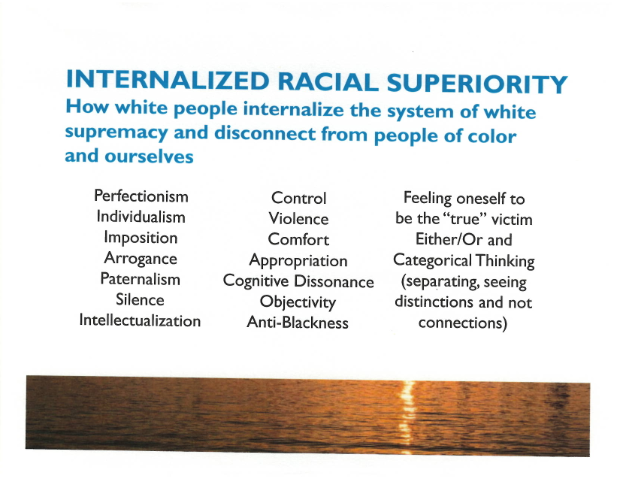Joe Rogan Discusses Polarization, Education, Woke Culture and More with Jonathan Haidt
This episode of Joe Rogan's podcast, first released 18 months ago, features moral psychologist Jonathan Haidt, who has studied the culture wars as deeply as anyone. I recommend the entire discussion as a fruitful approach to the current madness. Haidt focuses on how we have raised children since the 1990s and the dangers of overprotecting them. At about 1:20, Haidt shows some stunning graphs showing that girls are have been terribly hurt (much more than boys) by the advent of social media and smart phones, along with unrealistic conceptions of beauty.
This excerpt by Haidt begins with his description of classical liberalism (Min: 55:10):
I think young people are losing touch with some of the hard-won lessons of the past, so I'm not going to say “Oh, we have to just accept whatever morality is here.” I still am ultimately liberal in the sense that what I dream of is a society in which people are free to create lives that they want to live. They're not forced to do things. They're not shamed. There's a minimum of conflict and we make room for each other. If we're going to have a diverse society, we've really got to be tolerant and make room for each other. That's my dream. I think in the last five or ten years, we've gotten really far from that. My first book, "The Happiness Hypothesis," was about ten ancient ideas. One is that we're too judgmental. You know “Judge not, lest ye be judged.” But I think the new version of that . . . if there were a 21st century Jesus, he'd say: “Judge a lot more. Judge all the time. Judge harshly. Don't give anyone with the benefit the doubt. Don't let anyone judge you. That is not going to be a recipe for a functioning society. So, no, I do not accept this aspect of 21st century morality.

